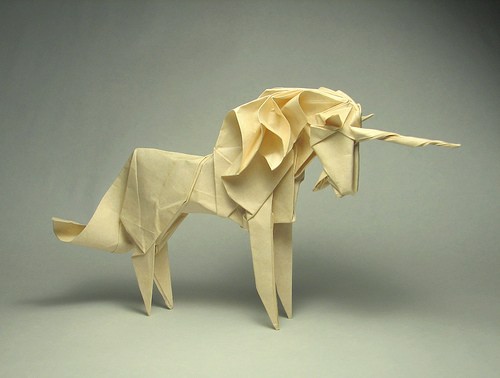paper
there is no way this piece of paper weighs 140 pounds. (wednesday wisdom)
Paper terminology can be really confusing. The weight, how it's pressed, the types of paper... it can be really confusing. So let's break it down. Types of paper.
There are so many different types of paper- especially when you start talking about specialty papers (onion paper...rice paper... the list goes on and on)- but what people are most familiar with is bond, cover, and newsprint paper.
Bond paper is commonly used for computer paper, envelopes, office letterhead, etc. If you run it through your printer, more often than not this is what you are using. It's really thin, really smooth, and can vary in colors. Cover paper is commonly referred to as card stock. It's thicker than bond, comes in all different colors, and if usually used for pamphlets, brochures, and anything else that needs to be just a little more durable than regular computer paper. Newsprint is exactly what it sounds like- it's what newspapers are printed on. You'll also find a lot of artists who sketch on newsprint because it's cheap and great for simple sketches. (I love the gray dirtiness of it and how cheap it is, but hate how it smudges.)
These days, invitations can be printed on just about anything- from paper, to wood, to cloth, but traditionally, wedding invitations are usually printed on a cotton fiber paper (as opposed to a tree based paper like bond.) Cotton fiber has a beautiful tactile quality, holds ink beautifully, and can be cut to just about any size or shape you can imagine. (Cotton fibers also stretch as oppose to rip, so cotton papers work very well with printing techniques like engraving or letterpress.)
So let's say you've picked cotton paper for your invitations. You think you're done, when you are then asked questions like whether you'd like cold or hot pressed or what weight paper you would like. Before you get frustrated and mutter "whatever looks best" let's look at an example. All of my invitations are created on 140 lb 100% cotton cold pressed paper. What a mouth full right? And what does it all mean?
Well you already know what cotton paper means- and being 100% cotton (sometimes called rag) simply means just that. 100% cotton. No tree fibers.
Now on the the cold pressed part. Simply put (unless you are a watercolor artist you don't really need to know all of the details) cold pressed paper is smooth(er) and hot pressed paper is rough(er.) If you would like to really see the difference I'd suggest you go to an art store and head to the watercolor section. There you can see and touch all of the different types of paper and really get a better feeling for what I'm talking about. (But that could just be helpful to me. I'm more of a visual person and retain a lot more if I can see and touch something as opposed to just reading about it. If you're not a visual person then "smooth or rough" is probably a good enough description.)
Lastly is the paper weight. The first time I heard that paper could be 140 lbs (high school maybe?), I just nodded and tried to act like that made sense to me (when in all actuality I couldn't wrap my mind around it.)
So I picked up the paper.
Well that was the first sign that it wasn't 140lbs. I couldn't lift 140lbs with one hand. (Hell, I doubt I could with two hands...even if I was "lifting from my legs.") So when I got home I googled it and now get to share the knowledge with you.
The weight of paper is determined by how much a ream (usually 500 sheets, though sometimes 1000 sheets) of the uncut paper weighed. In other words, 20lb bond paper means that 500 sheets of that specific paper weighs 20 lbs. 140lb paper means that 500 sheets on that specific paper weighs 140lbs. The higher the weight, the thicker and nicer the paper.
So there you go. You've passed Paper 101 :)

